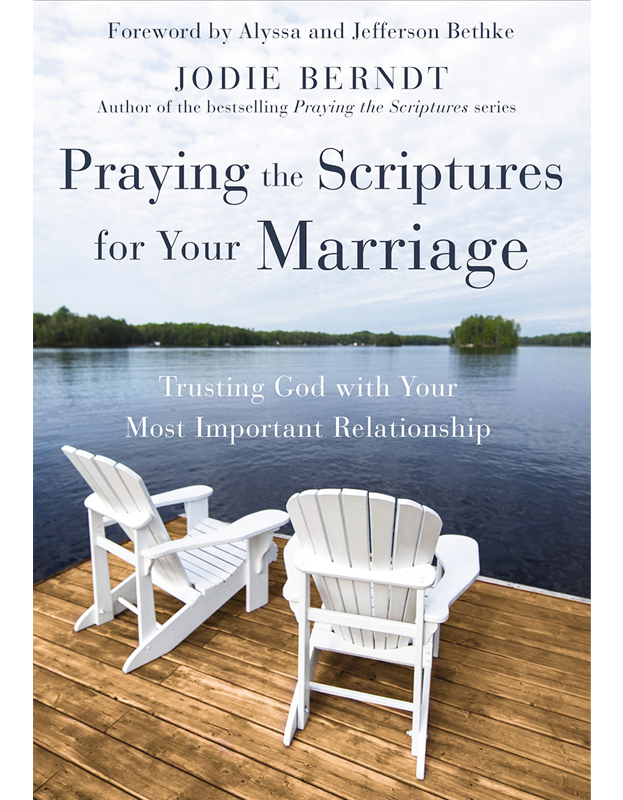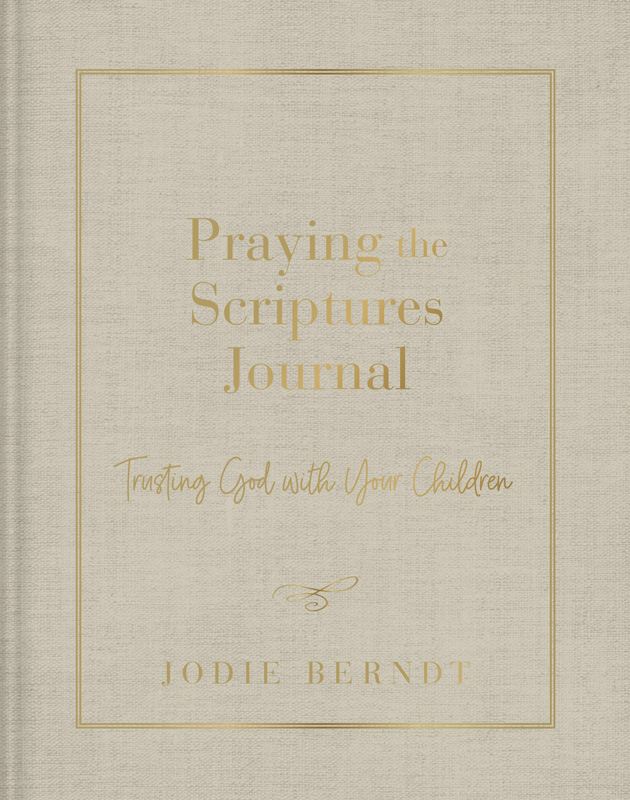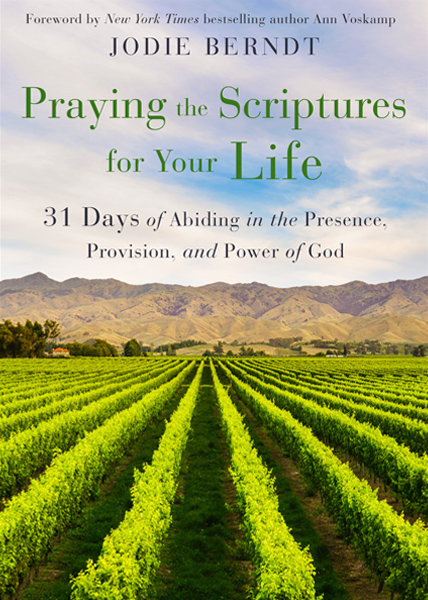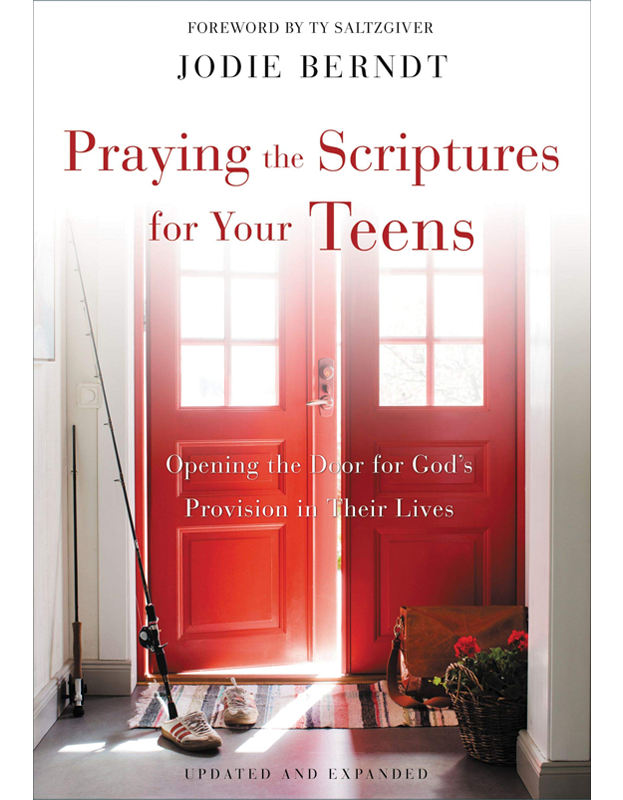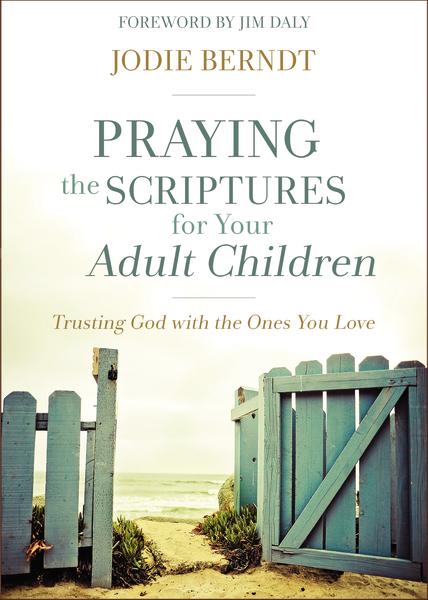Our son Robbie graduated from college in May.

Watching him walk down U.Va.’s storied Lawn, my mind flashed back 20 years to my brother David’s graduation (also from Virginia):

That’s David, perched on somebody’s shoulders. I guess he was trying to spot our folks in the crowd, because the moment he saw them, he scrambled down, threaded his way through the procession, and planted a kiss on Dad’s cheek in a very public display of gratitude and affection!
A few days later I received a letter from my father describing David’s impromptu embrace and telling me how much it had meant. Dad went on to recount about a dozen similar memories and blessings from his children’s growing-up years, pointing out that they were all “a testimony of God’s tender mercies, one after another after another, being bestowed upon our family.”
My father’s note made an impression on me, so much so that I actually wrote about it – and quoted him – in the last chapter of Praying the Scriptures for Your Children. “God is so faithful,” he said, “and we must remember to stop occasionally and build ‘an altar of thanksgiving’ before we hurry on our way.”

I knew what Dad meant. The Bible is brimming with stories of altars built by those who wanted a lasting memorial of who God was and what he had done. Noah built an altar after the great flood; Jacob erected one after God changed his name; Moses put one up after God gave the Israelites an incredible victory over a powerful foe. In each of these instances—and plenty more—the altar signified the time and place where God showed up and proved his faithfulness, his power, and his love.
I don’t know about you, but I am not nearly as good at building altars as I am at building to-do lists (even in my prayer journal), thinking of all the things I want God to accomplish in my life and in the lives of the people I love. Rather than thanking God for “his tender mercies, one after another,” I often find myself consumed with present concerns, unmet desires, and problems that have yet to be solved.
Which is where summertime can bring some welcome relief.
Even though our family is long past the annual “School’s Out!” shout on the calendar, the season still heralds a slower pace, one that offers an opportunity for rest and reflection. For meditating on God’s goodness. For altar-building.
So what does an altar of thanksgiving look like?
In Bible times, an altar was often a pile of stones set up by someone so that they (and their children, some who were yet to be born) would have a visible reminder of God’s provision and his faithfulness. I actually have a couple of stones – and one or two seashells – on which I’ve written dates and a few words or a Bible verse that speak to what God has done.
More often, though, my “altar” is simply a page or two in my journal, one where I revisit prayers (which sometimes look more like scrawls) from the previous months and thank God for how he has moved, often in ways I did not expect. With the perspective of time, I can see how God has expanded my vision, stretched my faith, and said no to some of my longings so as to make room for his.
(I realize that this might sound sort of heady. But don’t get any ideas. My journal is not fancy. It’s got arrows and abbreviations and chicken-scratch writing that I sometimes struggle to read. But I tell myself that the Bible altars were probably no architectural masterpieces either. I imagine that, to someone who did not know their meaning, they mostly just looked like…rocks.)
Anyhow.
If the idea of building an altar is a new one for you, I want to encourage you (even as I am prompting myself) to try it this summer. Not only is altar-building an exercise in gratitude, it’s also one of obedience: “Tell God your needs,” the Bible says, “and don’t forget to thank him for his answers.”
Write a few words on a rock. Or in a prayer journal. Or, if you’ve got children at home, consider building a basket-shaped altar. Encourage your kids to be alert to the ways they see God at work in their lives, and to note those observations on a slip of paper (chicken scratch is approved!) and slip it into the basket. Then, before school starts again in the fall, set aside an evening to read what’s in the basket together.
And…maybe add ice cream sundaes.
Because trust me. Ice cream, served up with a side of thanksgiving, can be a very tangible reminder of God’s love. 😊
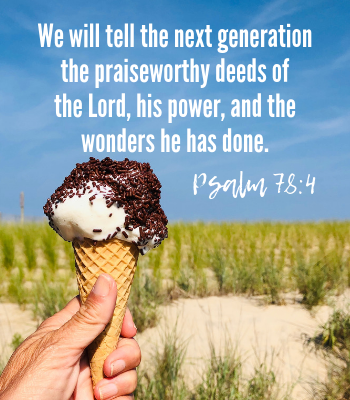
Heavenly Father,
Help us never forget the things our eyes have seen you do; do not let them fade from our hearts. Equip us to teach your faithfulness to our children, and to their children after them. (Deuteronomy 4:9)
Amen








